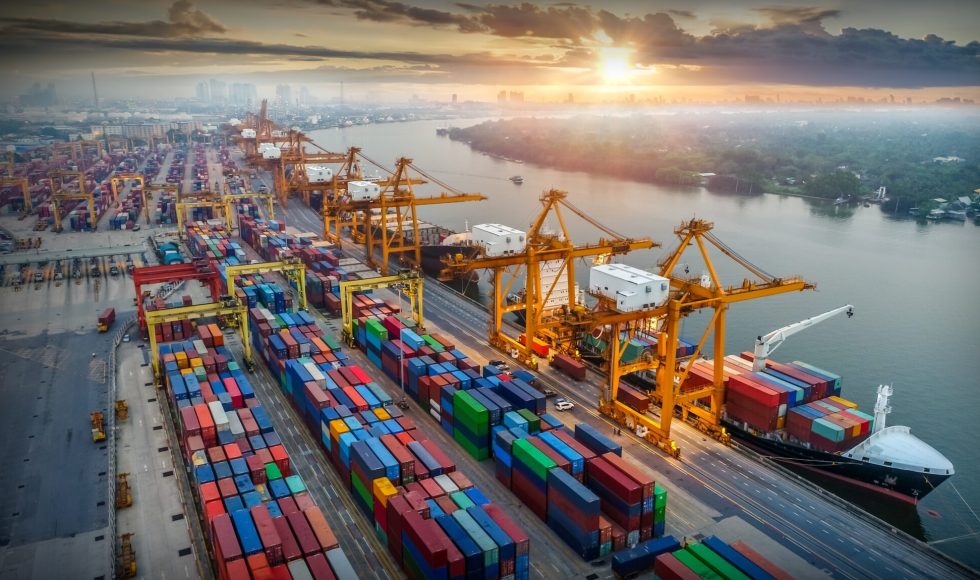
ASTANA — The Eurasian Development Bank (EDB) has unveiled its Transport Projects Observatory, a powerful new tool designed to monitor and coordinate over $234 billion in infrastructure investments across 13 countries participating in the Eurasian Transport Network (ETN). As of July 1, 2025, the Observatory is tracking 325 development projects aimed at enhancing transport connectivity throughout the region.
The Observatory, which includes a database and interactive map, serves as both an analytical tool and a coordination platform, allowing stakeholders to assess investment needs, monitor project progress, and align national and international efforts in building efficient transport corridors. According to EDB’s press service, the tool is based on open data sources, including national transport programs, press releases, and expert assessments.
The launch of the Observatory is part of a broader effort to implement the ETN concept, introduced by the Bank in its 2024 report. The concept promotes a network approach to transport development, focusing on synergy between West–East and North–South corridors to maximize connectivity and economic impact.
EDB’s Deputy Chairman of the Board and Chief Economist Evgeny Vinokurov said that Eurasian countries require cheaper and more efficient transport links, especially along the North–South axis, which will stimulate trade with countries in South Asia and the Persian Gulf.
“The ETN Observatory is a convenient analytical tool for assessing investment needs and plans to increase transport connectivity in Eurasia. It allows not only to monitor the transport-related activity in the covered area, but also to help coordinate the efforts of the participating countries and international financial institutions to implement projects vital for the entire region,” Vinokurov said.
Road infrastructure dominates the ETN development landscape, with more than 51% of all projects focused on the road sector. Russia leads in scale, accounting for seven of the ten largest projects. One of them is the Northern Eurasian Corridor, an initiative that requires $78 billion in investment, representing over one-third of total ETN capital expenditures. As of mid-2025, over 60% of the 325 projects are already under implementation, while 13% are in the project documentation stage and 27% are currently under discussion or being planned.
Central Asia’s Growing Role
Central Asian nations play a significant role in the ETN’s expansion, accounting for 22% of total investments, or nearly $53 billion across 90 projects. Nearly 44% of these are in Kazakhstan, emphasizing the country’s strategic role in regional transport connectivity.
Roughly two-thirds of Central Asian investments are directed towards main road networks, reflecting the high demand for modern infrastructure to support trade and logistics. The region’s ten largest projects, which include the China–Kyrgyzstan–Uzbekistan railway, the Centre–West expressway in Kazakhstan, and several major highways in Turkmenistan and Uzbekistan, account for 58% of total Central Asian investments.
Financing Challenges and PPP Opportunities
According to the EDB, the smaller Eurasian economies, such as Afghanistan, Tajikistan, Kyrgyzstan, Mongolia, and Armenia, incur substantial costs for developing transport corridors compared to their GDP. The EDB emphasizes that international development banks can play a crucial role in prioritizing and financing critical projects in these states, especially in landlocked or mountainous regions.
The Observatory also reveals that 113 of the 325 projects involve private sector participation, particularly in logistics and warehousing. Moreover, 17 projects are being, or may be, implemented via Public-Private Partnerships (PPP), including cross-border PPPs such as the China-Kyrgyzstan-Uzbekistan railway and the Trans-Afghan corridor.
According to EDB’s analysts, boosting the number of investor-attractive projects, especially through PPPs, is a key priority moving forward, as countries seek to strengthen regional cooperation and expand transport planning capabilities.
With 19 years of experience, the Eurasian Development Bank has invested in 305 projects worth $16.5 billion across various sectors, including transport, energy, and agriculture. Guided by the UN SDGs and ESG principles, its 2022–2026 strategy focuses on three major projects: water and energy in Central Asia, the Eurasian Transport Network, and a regional commodity distribution system.
https://astanatimes.com/2025/08/edb-maps-out-325-projects-worth-234-billion-to-boost-eurasian-connectivity/
